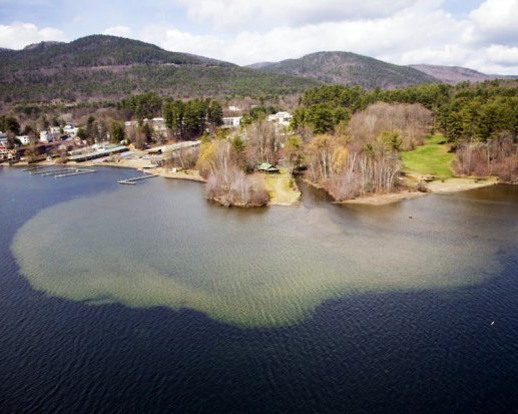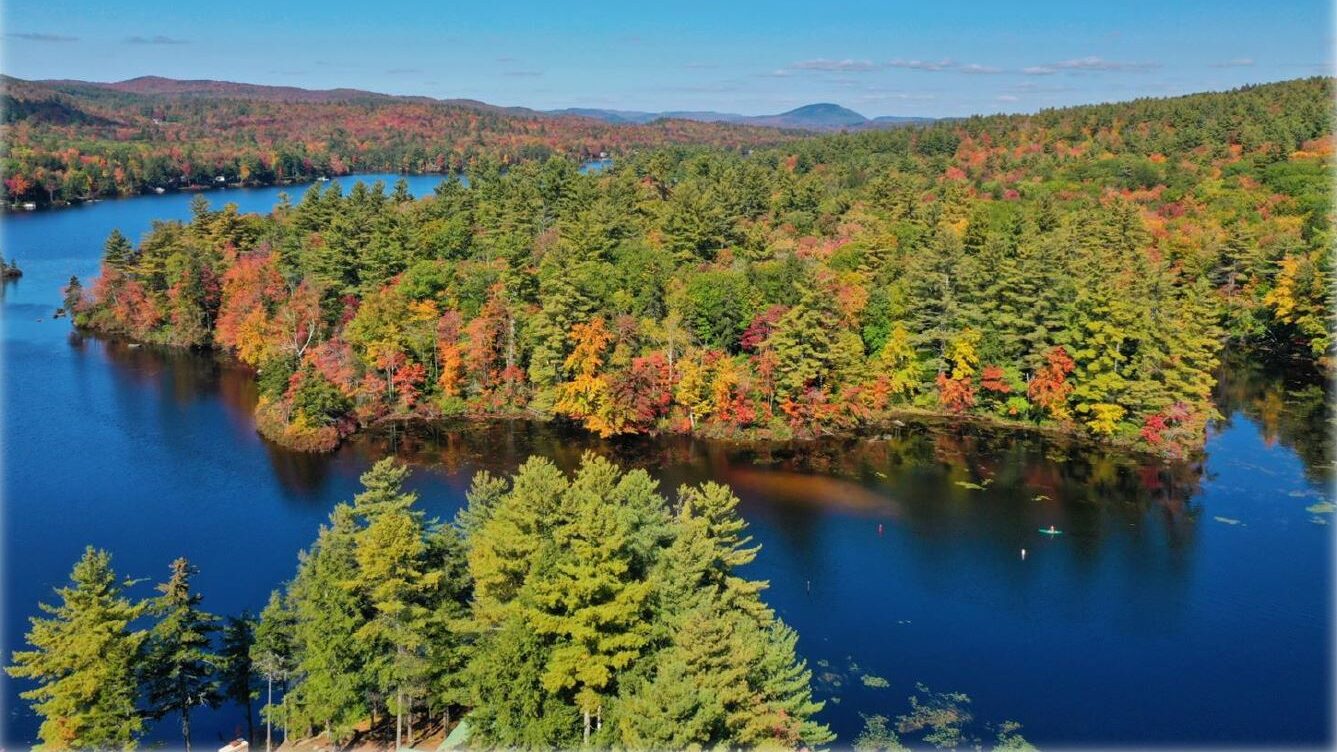The Little Big Forest may be little in size, but it has big potential for ecological protection of Highland Lake. This 40-acre property features big trees, big undeveloped shoreline (4,000 feet), and important wildlife habitat. With unanimous support from several community organizations, The Little Big Forest has big plans for ecological protection – but it also comes with a big price tag.
Community Support
The Little Big Forest project has received unanimous support from several community organizations, including the Stoddard Selectman, Davis Library, Historical Society, JFES faculty and school board, Highland Lake Unified Association, Island Pond Association, Eva Lane Rd. Association, UNH Cooperative Extension, and Forest Terrestrial Ecologist Tom Wessels. This support demonstrates the importance of preserving this natural asset for ecological protection.
Forest Features
Located right in the heart of the Harris Center’s Super Sanctuary, The Little Big Forest provides important wildlife habitat and is a wildlife corridor that connects protected lands on both sides of Highland Lake. This property contains 4,000 feet of rare undeveloped shoreline, which is approximately 4% of the Highland Lake shoreline. When combined with the nearby Pickerel Cove, 10% of Highland Lake shoreline will be protected.
The existing forest appears to have never been cut, pastured, or plowed, with dozens of white pine trees ranging in size from 24 to 40 inches in diameter and 100+ feet tall. One 40-inch red maple is estimated to be 250+/- years old. Undisturbed soils are rich in biota and mycorrhizal fungi, typically found in old-growth forests. Sheltered coves provide safe refuge for several species of ducks, geese, loons, blue herons, moose, deer, fish, otter, and beaver that frequent these waters. Bald eagles have been visiting the property all summer long, using super canopy white pines to perch in. Perhaps one day they will nest there!
Town Benefits
The ecological protection of Highland Lake is a primary benefit of preserving The Little Big Forest. A healthy lake ecosystem is dependent upon undeveloped shoreline that provides an ecological link to undeveloped forests, allowing for the exchange of “ecosystem services.” When shorelines are developed, the link is broken, and pollutants from runoff are a leading cause of cyanobacteria blooms, which is a growing problem in New Hampshire. Pollutants negatively impact water quality, which in turn negatively impacts lake experiences and property values.
Big potential for ecological protection

Did you know that humans are accelerating the natural lake aging process by increasing the amount of nutrients (particularly phosphorus), sediment, and other material that flows into a lake from throughout its watershed?
Preserving The Little Big Forest can help protect water quality by maintaining the natural buffers that absorb pollutants and sediments from the water, reducing the risk of future remediation costs. The preservation of the forest can also help maintain the natural beauty and ecological balance of the region while protecting the habitat of important wildlife species.
The Little Big Forest has big potential for ecological protection of Highland Lake. This natural asset provides important wildlife habitat, rare undeveloped shoreline, and existing old-growth forest. Supported by several community organizations, preserving The Little Big Forest can help protect water quality and maintain the natural beauty and ecological balance of the region. Don’t miss this chance to secure the ecological future
